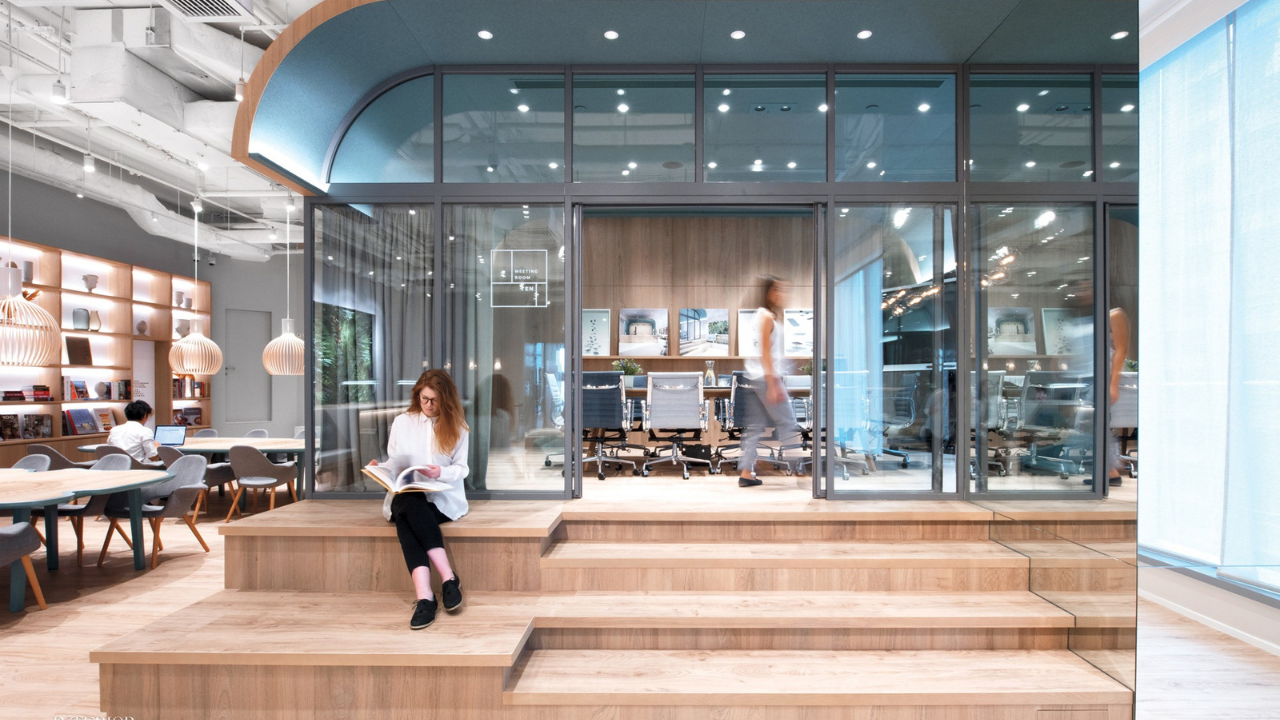[bctt tweet=”CrowdStreet’s Market Views report takes a look at current trends in the commercial real estate industry, and the biggest to stand out is none other than coworking spaces.” username=”allwork_space”]
The growth of coworking spaces coincides shifting attitudes towards traditional offices filled with cubicles and uninspiring decor. What started off as an environment for entrepreneurs and startups to thrive has become a home to large corporations and small businesses alike.
Coworking spaces provide reliable Wi-Fi that allows workers to manage projects from anywhere.
Shared offices provide more desk spaces and office-like environments than a coffee shop and can help workers feel less lonely. Typically, these spaces also come with a full kitchen, conference rooms, and other amenities.
While coworking firms have their own members that pay fees, the companies themselves are usually tenants of a building. Office landlords are slowly becoming more accepting of companies like WeWork taking up space in their buildings, but some only want “creditworthy tenants” who pay rent on time and uphold lease obligations.
Although many building owners have readily accepted coworking firms within their spaces, the sector has yet to be properly tested during an economic downturn, which has led traditional landlords to be hesitant.
Regardless, coworking is projected to account for 30% of the total U.S. office stock by 2030.

 Dr. Gleb Tsipursky – The Office Whisperer
Dr. Gleb Tsipursky – The Office Whisperer Nirit Cohen – WorkFutures
Nirit Cohen – WorkFutures Angela Howard – Culture Expert
Angela Howard – Culture Expert Drew Jones – Design & Innovation
Drew Jones – Design & Innovation Jonathan Price – CRE & Flex Expert
Jonathan Price – CRE & Flex Expert











